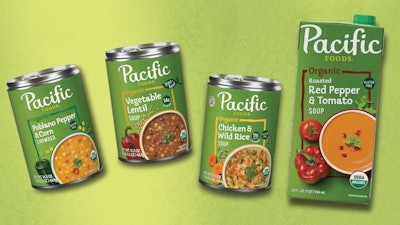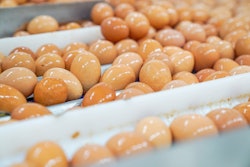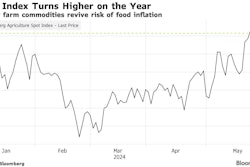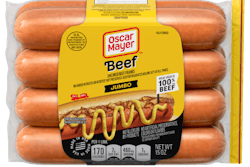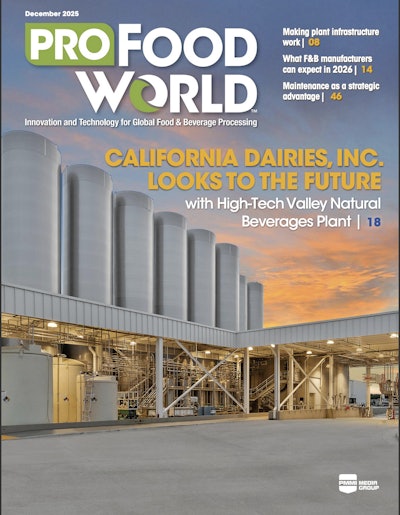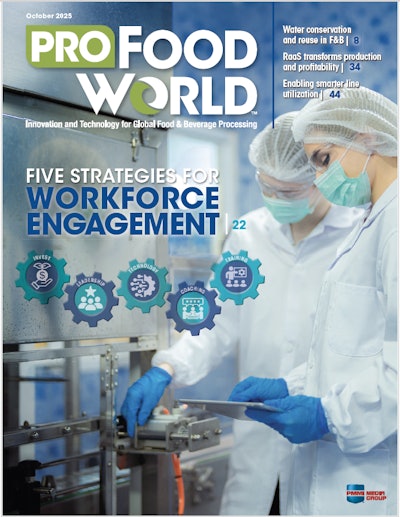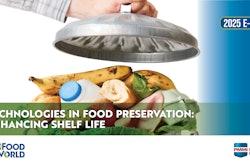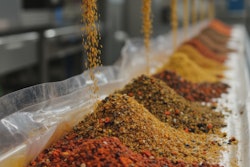The Campbell Soup Company has announced a $230 million supply chain optimization plan that focuses on streamlining production and increasing investment at existing facilities within its network. The company is also closing its Pacific Foods plant in Tualatin, Ore., which Campbell purchased in 2017.
The Tualatin plant produces Pacific's organic soup, broth, and plant-based beverages. According to those at Campbell, the Tualatin site consists of multiple leased buildings of approximately 250,000 square feet. The aging facility and inefficient nature of the site’s configuration can no longer support the increased consumer demand and continued growth of the business.
Campbell will close the facility in phases and expects to cease operations by July 2026, with the first phase to impact 120 of its 330 employees in August 2024. The company plans to move the plant’s soup and broth production to other thermal and aseptic plants in its network and shift plant-based beverage production to co-manufacturing partners.
Also, Campbell's Jeffersonville, Ind., plant, which produces kettle potato chips, is being reconfigured to manufacture the company's Late July tortilla chips instead, starting in July. The kettle chip production will be moved to Campbell’s Charlotte and Hanover plants. The facility will continue to produce regional snacks as well, and the overall changes will impact approximately 85 of the 230 Jeffersonville employees. When combined with the Tualatin closing, 415 total workers will be impacted.
Investing for growth
To put its streamlined supply chain strategy into action, Campbell is investing $230 million in newer, more agile existing facilities within its network. The spending is earmarked through fiscal 2026, with $80 million being spent already. These projects are expected to create approximately 210 new jobs across the company and will include new training and development programs for employees. The projects include:
Maxton, N.C.
- $150 million investment for new aseptic soup production/100 new jobs
Hanover, Pa.
- $72 million investment to add additional potato chip kettles/72 new jobs
Franklin, Wisc.
- $8 million investment to expand capacity for tortilla chips/40 new jobs
In addition to these investments, Campbell previously announced plans to expand production of Goldfish crackers at its Richmond, Utah, plant. The new line, which is expected to be operational by the end of 2024, will increase the bakery’s output of Goldfish by 50% and will add approximately 80 new jobs.
“To fuel growth and transform our manufacturing and distribution network, we must invest and further strengthen our supply chain,” says Dan Poland, chief supply chain officer at Campbell. “By leveraging our best-in-class, in-house capabilities combined with the expertise of trusted manufacturing partners, we will continue to make the highest quality products, with a more agile, flexible, and cost-effective manufacturing network. We continue to evaluate optimization opportunities across the network to build our supply chain of the future.”
